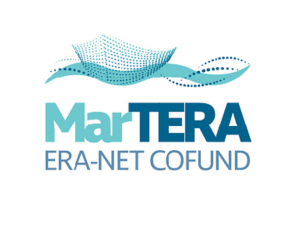The objective of the project is two-fold. Firstly, to develop a safety criterion for safe passage in ship-ship encounter in high seas and coastal areas. Secondly, criterion implementation within a Decision Support Tool (DST) for onboard and ashore use. Supporting collision avoidance manoeuvring, from the perspective of ship and shore-based centres, such as Vessel Traffic Services (VTS) and Fleet Operation Centres
(FOC).
The safety criterion will delineate the required area for a ship to perform safe collision avoidance manoeuvre in the high seas, as well as the time of its execution. Two types of manoeuvers could be distinguished:
1) Vessels collision-avoidance at the minimum though safe distance when their hydrodynamics are taken into consideration;
2) The evasive manoeuvre that is executed when navigator operates intuitively in his comfort zone.
The latter can be defined as a manoeuver that is well known to the crew and frequently practised in a ship-ship encounter. This is essential,
since in the course of so-called last-chance manoeuver the performance of a crew that already acts under high pressure may be negatively affected, thus the quality and effectiveness of such manoeuver may be compromised. Additionally ship stability or weather conditions may not allow for this type of manoeuver. Thus the last-chance manoeuver cannot be seen as fully safe either for cargo nor crew. Moreover, this project will research the impact of this criterion for application in shore-based maritime traffic surveillance and management services i.e. VTS, FOC applying e-Navigation infrastructures with enhanced facilities for data exchange.
To define the safety criterion, covering all relevant aspects of marine navigation, we will adopt a hybrid approach, combining, first, the computer simulations performed with the use of two advanced tools, and second, experts’ judgment. The former adopts the state-of-the-art six-degree of freedom hydrodynamic model of ship motion for a selected ship type and range of conditions and collision avoidance strategies (external and internal) to evaluate the horizontal dimension of the domain, and Computational Fluid Dynamics (CFD) techniques determining the vertical extent of the dynamic domain. The experts’ knowledge is to identify the type of manoeuver and collision avoidance strategies that the crew shall be familiar with and execute in a close-quarter situation. Subsequently, such developed criterion will be incorporated into ENC-class on-board tool, supporting the navigator in solving close encounter situations. This will be done by providing immediate information on recommended safe course alterations. At the same time, the user needs and acceptance analysis regarding the integrated features presenting such information in varying situational contexts (environmental, traffic conditions) and the two perspectives (ship-centric and shore-based) will be carried out. This will be done in the course of senior officer training that the maritime universities involved in the project are offering.
In this project, the focus is on a ship that is safety-critical, namely large RoRo-passenger (Ro-Pax) ships, carrying passengers and vehicles. The number of such ships navigating in the European waters is relatively high, and the consequences of the accident at sea are disastrous, [1,2]. The future potentials reach also the Maritime Autonomous Surface Ships (MASS). Especially in a breakthrough time when the new autonomous technology will interact with traditional manned vessels and moreover during the following longer period of simultaneous operation of MASS and conventional ships, there is an urgent need for knowledge-based solutions that are capable to facilitate the smooth transition from the experience originated officers’ assessment to the strict algorithm of a virtual captain. The collision avoidance matter is one of the most crucial with regard to the safety of humans and the environmental protection.
[:]

